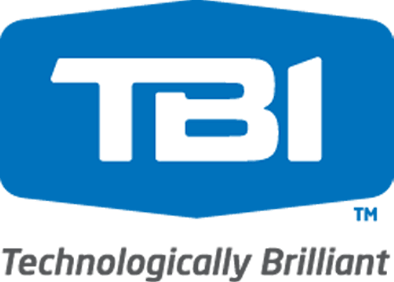If you take a moment to speak with small business owners, you will find two sets of people: those using voice over internet protocol (VOIP) phones and those who question how expensive their phone bill is. There is truth behind the humor; never before has phone service for the enterprise been so feature rich and cost effective. Organizations that still utilize expensive “land line” phone technology for their operations are most likely doing so because they are stuck in a long-term contract with the service provider or simply aren’t aware that more cost-effective options are available.
But even those familiar with VOIP might not know (or fully understand) the options available to them. Many VOIP service providers have a specific solution that they offer. This is good because they are expert in this solution, but bad because the client isn’t necessarily getting the best available solution for their organization. Because the acceptance of VOIP in the enterprise is still so recent, there are still many enterprises that have no idea what is available to them in the first place.
There are three primary VOIP offerings available to business and two different structures offered by VOIP vendors and partners. While there are certainly other offerings available, what follows represents the vast majority of VOIP solutions that you will encounter the enterprise.
The three different VOIP Offerings:
- Hosted Voice. Also know as “hosted seats,” this offering means every user has their own phone number and their own dedicated line. Most hosted seats cost between $15 and $25 per seat and include unlimited long distance and local calling to go with discounted rates for international calls.
- SIP Trunk System. Similar to how analog phones of old functioned, trunk systems allow a number of users (N) to have full telephony communications with fewer lines (L < N). Trunk systems are traditionally less expensive then hosted seats and are ideal for organizations that don’t require every employee to have their own dedicated phone line. However, be cautious when considering a trunk system; many digital trunk providers just provide line access and do not manage the PBX (private branch exchange) hardware or software unless your organization is a certain size. Trunk use also typically means you must pay for outbound long distance minutes.
- Purely virtual. Virtual phone services have grown in popularity for small businesses and organizations that rely on remote workers. Instead of a hosted voice system (which can be expensive) or a trunk system (which usually centers around a single location), virtual phone services provide a phone number for your organization and a bank of extensions that are managed in the cloud. There is no hardware or software to install, but incoming calls are routed to existing devices (most commonly cell phones) for actual use.
The good news is that all three of these choices offer administrative control that is key to business use. For example, services like hosted seats and virtual phone services typically include integrated fax service, voicemail delivered in mp3 format via email, call forwarding, and follow-me services as part of the standard software offering. Trunk software can provide the same features as well.
When you’ve decided which option is best for you, you must then decide how to purchase the service. There are traditionally two ways that these services are offered.
- If you have existing compatible hardware already, you may choose a provider that offers a month to month contract, so as to avoid committing to a long term relationship with the vendor.
- Conversely, if you do not have quality hardware or would like to upgrade your existing hardware and phones, many providers will help you do so at little to no cost if you sign a two or three year contract with them.
Making the right decision with regard to telephone solutions doesn’t have to be difficult, but that doesn’t mean it isn’t complicated. Our suggestion is to locate a provider that offers a variety of services and will take the time to walk you through the pros and cons of each type of service. A vendor that is interested in a long term relationship will take the time to educate you and scope the right solution for your company. The best offering for one company often looks very different than the best offering for another, and in an age of custom IT solutions, that is great news. Click here to learn about the VOIP and data solutions offered by Mosaic Networx!








